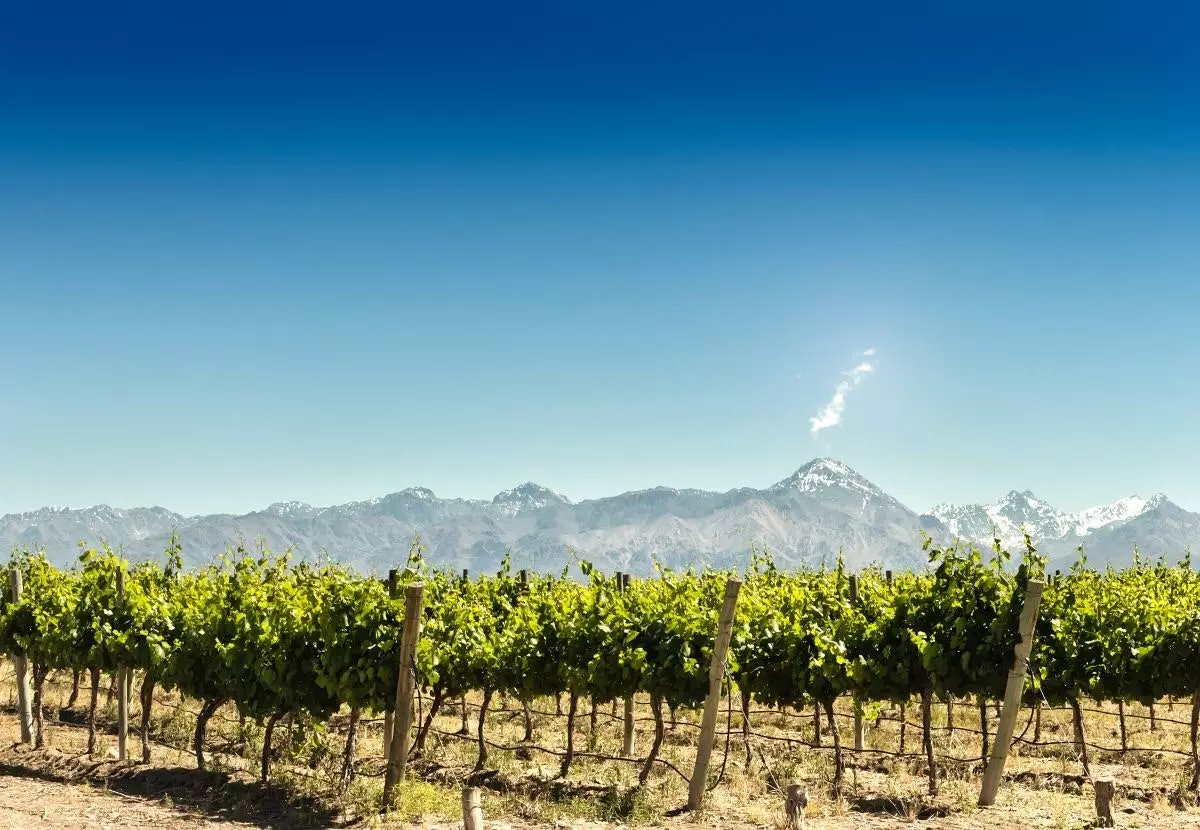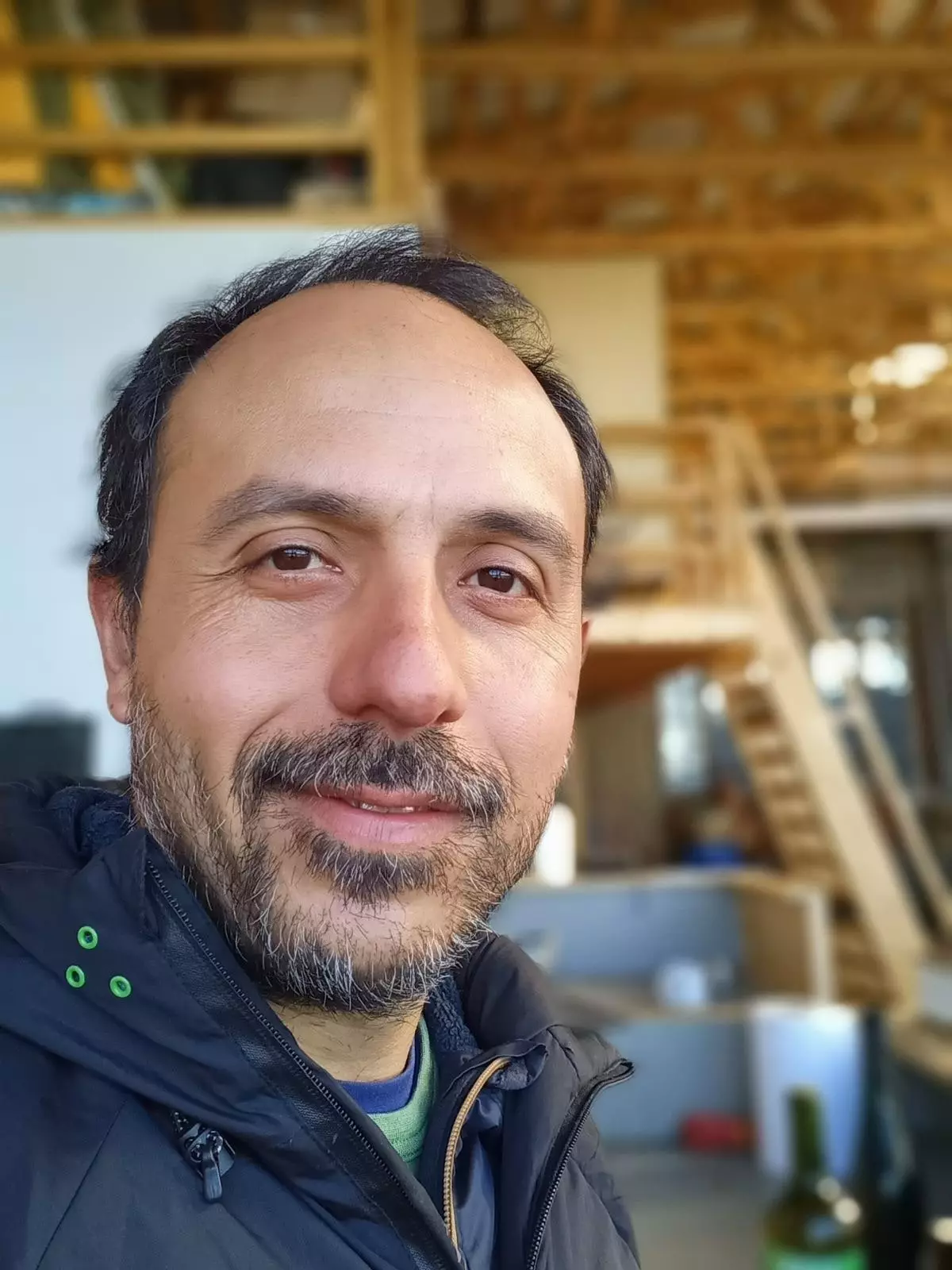
Itata Valley, Chile.
the winegrower Leo Erazo has made traditional grape varieties, hitherto underestimated, such as Cinsault and Cariñena, become fashionable. At the foot of the vineyard, he works with 170 year old organic vines cultivated in the volcanic soils of the southern region of the Itatá Valley, in Chili. And it is an example for the growing natural wine movement South America, having trained with the best, from Swartland, South Africa to Mendoza. His latest bet has been to build a winery powered by solar energy: carbon neutral.
This interview is part of "The World Made Local", a global project of Condé Nast Traveler in the seven international editions, which gives voice to 100 people in 100 countries to discover why their own territory should be your next destination.
Tell us about the Chilean wine scene:
Chili, the eighth largest wine producer in the world, has long focused on great Syrah, Cabernet Sauvignon and Carménère reds, sourced from vineyards planted at more than 1,200 meters above sea level. Although the wine is generally produced from vines planted on flat terroirs, the trend now is to focus on old vines with granite soils. In the last 10 years, many projects of this type have come to light, handcrafted and in parallel, there is a very exciting scene in the world of white wines, which continues to grow with varieties such as Chenin Blanc, Sémillon and Riesling. In my case, I have started doing cooler styles of whites on slate terrain, in a new coastal region.
How is your job?
Each of my three projects is a wonderful challenge . after living in South Africa, I returned to Chili and associated with Justin Decker in 2011, to focus on the Cariñena variety, with old vines, planted in granite soils. This is how it came about rogue vine . On the other hand, To the brave vintners It is a tribute to the winegrowers who have kept the vines alive all these years. The project includes a very important social part. As I work with them I make sure they are paid fairly for their grapes. And in this new vineyard by the coast, in Cobquecure, the soil contains much slate and schist. I love it because it has enormous potential in terms of complexity and stone character of the future wine.

The winemaker and viticulturist, Leo Erazo.
Tell us some winemakers to follow in Chile.
There is a new wave of youth in Itatá , specialists and unconditional supporters of organic viticulture. The truth is that the future is bright with names like George Cotal, passionate about Cinsault, or the Australian winemaker Alice L'Estrange of Strange Grapes , which works with sustainable farmers in bio bio and Itata.
Where do you eat and drink wine when you're off duty?
when i visit Santiago I always dine at two places: 99 Restaurant Y Ambrosia Bistro . A great place in Providencia, 99. It has a fantastic natural wine list created by the sommelier Macarena Lladser that matches the six-course menu. At Ambrosia, I always order chef's tasty Pacific rockfish Carolina Bazan . closer to home in Coelemu, Bio bio region, Clear Wine Bar focuses on natural wines made by small producers.
What excites you about Chile right now?
Chile is entering a decisive historical moment. We Chileans have the opportunity to change the Constitution. Chile has had good times in terms of a strong economy, but society is demanding more in terms of social care and equality. The indigenous Mapuche are playing an important role and it is exciting to see what the new Chile will be like, made by the people, for the people.
